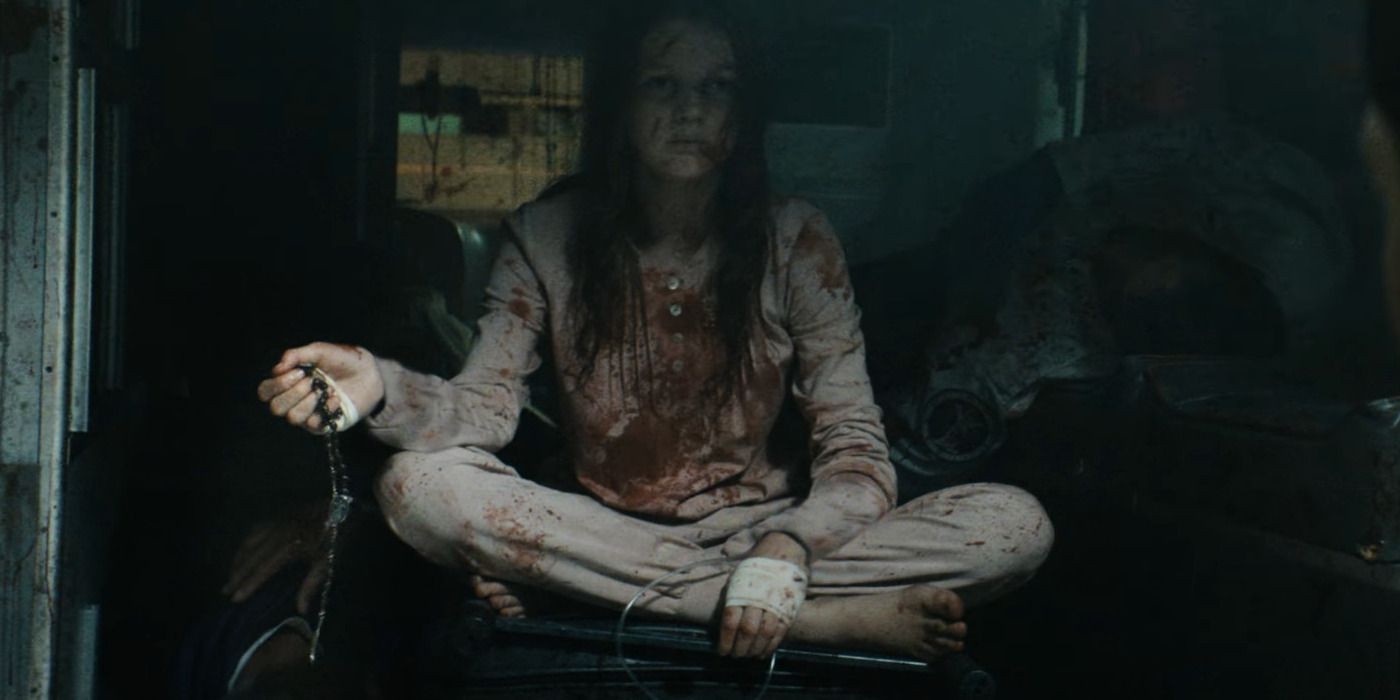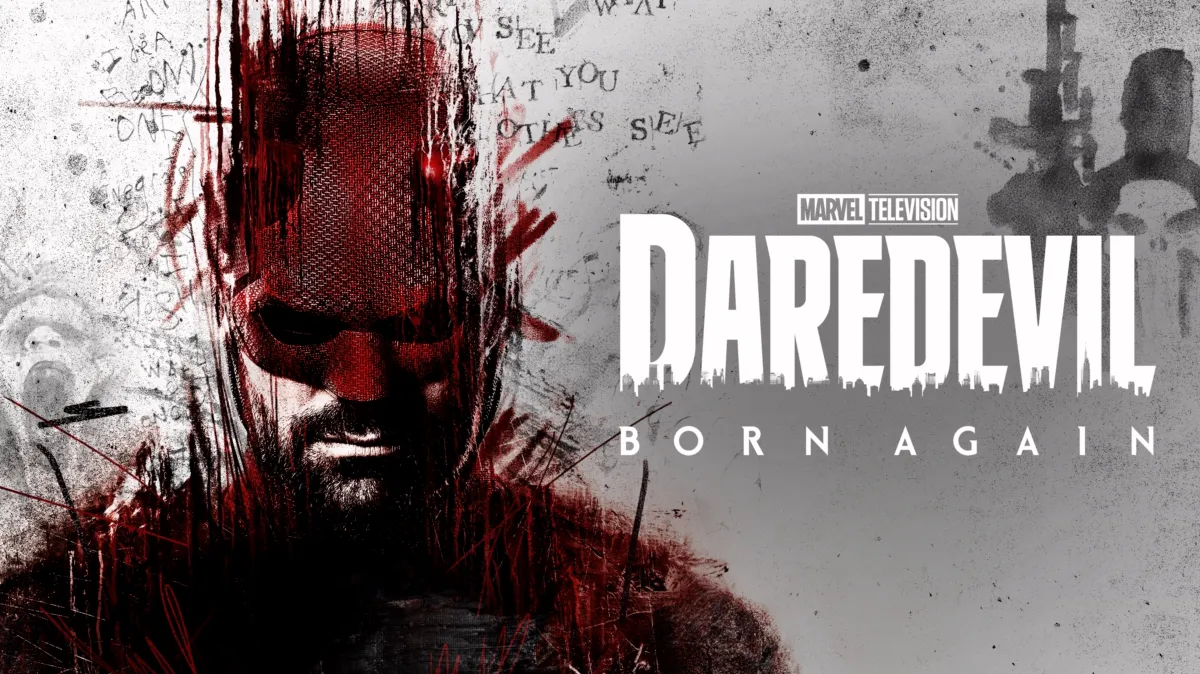Prey for the Devil (2022): A Modern Exorcism Tale with a Feminist Twist
Prey for the Devil, directed by Daniel Stamm and released in 2022, is a supernatural horror film that seeks to reimagine the traditional exorcism story through a fresh lens. Combining familiar religious horror tropes with a modern and feminist narrative, the film follows a young nun who challenges centuries-old Church traditions by stepping into a role traditionally held by men. With its atmospheric setting, disturbing imagery, and emotionally driven core, Prey for the Devil explores themes of trauma, faith, and spiritual empowerment.
The story centers on Sister Ann, played by Jacqueline Byers, a young nun who believes she has a divine calling to perform exorcisms. Set in a time when demonic possessions are reportedly increasing at an alarming rate, the Catholic Church has reopened exorcism training schools to train priests to deal with the rising spiritual threat. Though nuns are traditionally forbidden from performing exorcisms, Ann is given special permission to observe the training due to her unique abilities and personal experiences with evil forces.

As the film unfolds, Ann bonds with a young girl named Natalie, a patient in the exorcism school’s psychiatric wing who shows signs of possession. Their connection becomes the emotional heart of the story. Ann sees herself in Natalie—both carry deep wounds from traumatic pasts and both are victims of a world that silences women in the name of tradition. As the demonic activity escalates, Ann must confront her own buried trauma, especially regarding her troubled childhood and her relationship with her mother, who may have also been possessed.
Visually, Prey for the Devil delivers the eerie, gothic aesthetic expected of an exorcism film. Shadowy corridors, ancient rituals, flickering candles, and distorted bodies create a chilling atmosphere. While the film employs several familiar genre elements—speaking in tongues, levitation, and demonic voices—it tries to distinguish itself through Ann’s personal journey. The horror is not just in the possession itself but in the psychological and institutional struggles Ann faces within a patriarchal religious system.

Jacqueline Byers delivers a compelling performance as Sister Ann, portraying a mix of strength, vulnerability, and defiance. Supporting performances from Colin Salmon as Father Quinn and Virginia Madsen as Dr. Peters help build a believable and tense environment. The film’s score and sound design add to the intensity, creating moments of dread and sudden terror, though it leans more toward mainstream horror conventions than art-house subtlety.
Critically, Prey for the Devil received mixed reviews. While some praised its unique take on exorcism lore and its central female protagonist, others criticized it for not fully breaking away from the clichés of the genre. Nevertheless, it stands out as one of the few possession films led by a woman not only spiritually battling evil but also confronting the systemic forces that seek to control her.
In summary, Prey for the Devil is a horror film that mixes traditional scares with modern themes. Though not without its flaws, it offers a new perspective on the exorcism genre by placing a woman at the center of the spiritual warfare—a story of courage, belief, and fighting for one’s place in a world governed by fear and dogma.

-1752031766-q80.webp)

